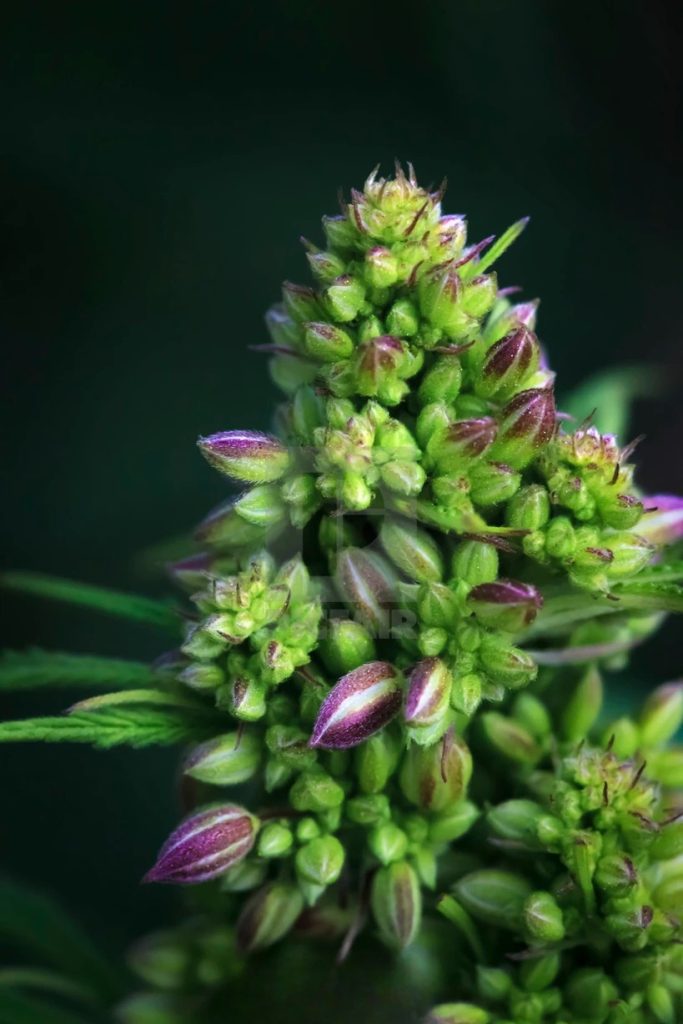
Organic, Proven, and Straight from the Big Island
Let’s be real — if you’re seeing damage, it’s already been happening. Whiteflies, mites, aphids, thrips, powdery mildew, black leaf spot, rust… by the time you notice stippling or curling, those freeloaders have been partying on your plants for a week or more.
The trick isn’t chasing them — it’s stopping them before they ever show up.
Prevention Beats Cure Every Time
Back in ag school, the Professor learned what every farmer eventually figures out the hard way: once you’re fighting an infestation, you’ve already lost yield, time, and money. Prevention is the real play.
So here’s how I keep my plants clean — 100% organic, Hawaiian-style.
Step 1: Weekly Shield Spray — Monterey Ag Oil + Spreader Sticker
My go-to is Monterey Brand Agricultural Oil, OMRI-listed and organic. It’s basically purified mineral oil — safe, natural, and mean to bugs.
But oil alone won’t do the job. You need a spreader sticker, also called a wetting agent or surfactant. It breaks surface tension so the oil spreads across every inch of the leaf. Some folks use a drop of dish soap; that’ll work, but a true horticultural surfactant does it better.
Spray the tops and bottoms of your leaves until you see a light, even sheen. That glossy shine isn’t just pretty — it’s armor. If a mite, aphid, or thrip hits that surface, it gets coated and can’t breathe. Eggs suffocate. Adults stall out.
Do it once a week, whether you see problems or not. That’s the whole secret.
If you spray when you have nothing, you’ll never have anything.
Step 2: Rotate with Pyrethrins Every Couple Weeks
Every few weeks, I mix in a little pyrethrin, the natural extract from chrysanthemums. It knocks down any survivors instantly — a contact killer that stays organic.
Bugs can build tolerance if you keep hitting them with the same thing, so switch it up. The oil suffocates; the pyrethrin shocks. Together, they’re unstoppable.
Step 3: Night Ops for Hidden Enemies
Certain broad mites and thrips hide deep in the fresh growing tips — and only come out at night. When I suspect them, I spray about one hour after dark. That’s when they’re most active and exposed.
Three evening treatments back-to-back will break their cycle completely.
Step 4: Keep the Roots Happy Too
A side benefit of using a spreader sticker? It doubles as a wetting agent. Add a small splash to your watering mix, and you’ll notice dry pots absorbing moisture evenly again.
That little trick keeps your soil breathing and prevents dry-top beading — saving water and stress.
Bonus Tip: Clean Your Keiki
When you start new clones — your little keiki — dip them in a mild version of your spray mix first. That’s your quarantine. Keeps incoming pests from ever making it into your garden.
🌈 The Professor’s Final Word
Healthy, shiny plants are happy plants. A little ag oil, a good surfactant, and a steady schedule will save you hundreds — maybe thousands — over your grow career.
Stay organic, stay proactive, and keep spreading aloha.
And hey — while you’re here, check out our seeds at BigIslandGenetics.net. The aloha’s free… but the bills aren’t. 😉






